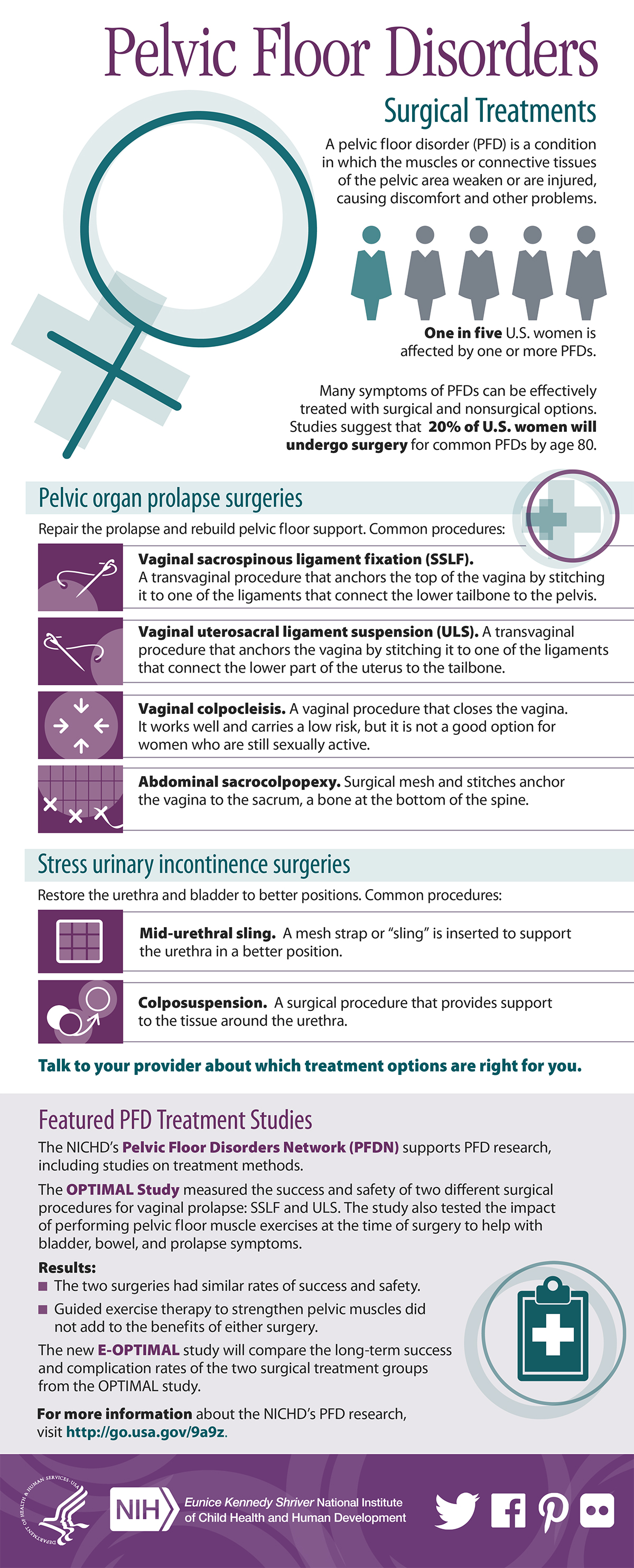Exactly How To Budget For Your Flooring Project: A Practical Guide
Exactly How To Budget For Your Flooring Project: A Practical Guide
Blog Article
Material Composed By-Elgaard Borg
When you're intending a floor covering task, budgeting isn't almost selecting a number; it has to do with comprehending what you absolutely need and the prices involved. You'll want to assess your particular requirements, research different materials, and anticipate unanticipated expenditures. Consider exactly how factors like space function and installation approaches can affect your spending plan. But before you enter, there are some vital details you may neglect that can considerably impact your general costs. Let's explore just how to browse these intricacies and ensure your project remains on track.
Assessing Your Flooring Needs
Before diving right into your floor covering project, it's crucial to assess your floor covering needs. Begin by thinking about the certain locations where you prepare to install new floor covering. Think about the objective of each room. For example, kitchens and bathrooms call for waterproof materials, while living areas may benefit from convenience and appearances.
Next off, assess the status quo of your floorings. Are there any type of structural problems, such as irregular surface areas or moisture troubles? Addressing these issues at an early stage can save you money and time down the line.
Also, remember of the measurements of each room to determine how much floor covering you'll need.
Don't forget to consider your lifestyle. If you have pet dogs or young children, toughness might be your top concern, while a much more formal room might call for an extravagant coating. In addition, consider your layout choices. Do you like a classic appearance, or are you drawn to contemporary styles?
Last but not least, be sensible regarding how much upkeep you want to devote to. Some products call for even more maintenance than others. By comprehending your needs clearly, you'll be much better furnished to make informed selections as you move on with your flooring project.
Estimating Costs and Products
Estimating expenses and materials is a crucial step in your flooring task that can considerably affect your overall budget. Beginning by measuring your room precisely to identify just how much floor covering you'll need. For most materials, you'll discover rates by square foot, so gather quotes from different suppliers to obtain a practical figure.
Next off, think about the type of floor covering you want. Options like wood, laminate, ceramic tile, or carpeting all featured different cost points. Research the costs for every and factor in any kind of extra products like underlayment, sticky, or change strips.
https://www.tapinto.net/towns/chatham/sections/business-and-finance/articles/mahoney-passes-the-baton-to-the-curry-twins-as-chatham-athletes-continue-to-offer-driveway-seal-and-deal-to-local-residents fail to remember to include tools if you're intending a do it yourself installation, as renting out or purchasing tools can add to your expenditures.
Labor costs are one more essential factor to consider. If you're hiring professionals, obtain quotes from multiple service providers to ensure you're obtaining a reasonable cost. Be clear concerning the scope of job to avoid unexpected costs later.
Finally, it's wise to set aside a tiny portion of your allocate any unanticipated costs associated with products. By thoroughly approximating your expenses and materials in advance, you'll set yourself up for a smoother and much more workable flooring job.
Preparation for Hidden Expenses
Several homeowners overlook the surprise expenditures that can emerge throughout a flooring job, which can lead to budget overruns. To avoid epoxy kitchen floor , you need to plan for possible added costs.
First, consider Suggested Site of your existing subfloor. If it's harmed or irregular, you'll likely need repair work or progressing, which can include dramatically to your general expenditure.
Next, think about elimination and disposal fees for your old floor covering. Several service providers bill additional for this service, so factor that right into your spending plan.
In addition, do not ignore the prices of underlayment, which may not be included in the first quote but are important for a successful installment.
You need to also get ready for unexpected issues, such as pipes or electrical work if your floor covering task entails relocating fixtures. It's a good idea to allot a minimum of 10-15% of your total budget for these unanticipated expenses.
Last but not least, remember that licenses may be required for sure setups. Constantly inspect local regulations to stay clear of fines or hold-ups.
Final thought
In conclusion, budgeting for your flooring project is crucial for a successful end result. By assessing your requirements, estimating prices, and preparation for concealed costs, you'll prevent shocks and stay on track. Keep in mind to allot a section of your allocate unforeseen costs and keep a detailed failure of your expenditures. With mindful planning and consideration, you'll create a lovely space that fulfills your demands without breaking the financial institution. Happy flooring!
